Timer Dimming for LED Street Lights: What Buyers Need to Know (2025 Guide)
What Is Timer-Based Dimmi
Unify every luminaire and pole under one platform—automate schedules, dim by demand, receive instant fault alerts, and cut O&M at city scale.
Remote on/off & dimming by city, group, or single light
Real-time alarms with GIS pinpointing & auto work orders
Energy analytics and exportable compliance reports
Cloud or on-prem, open API/SCADA integration, 5 years warranty

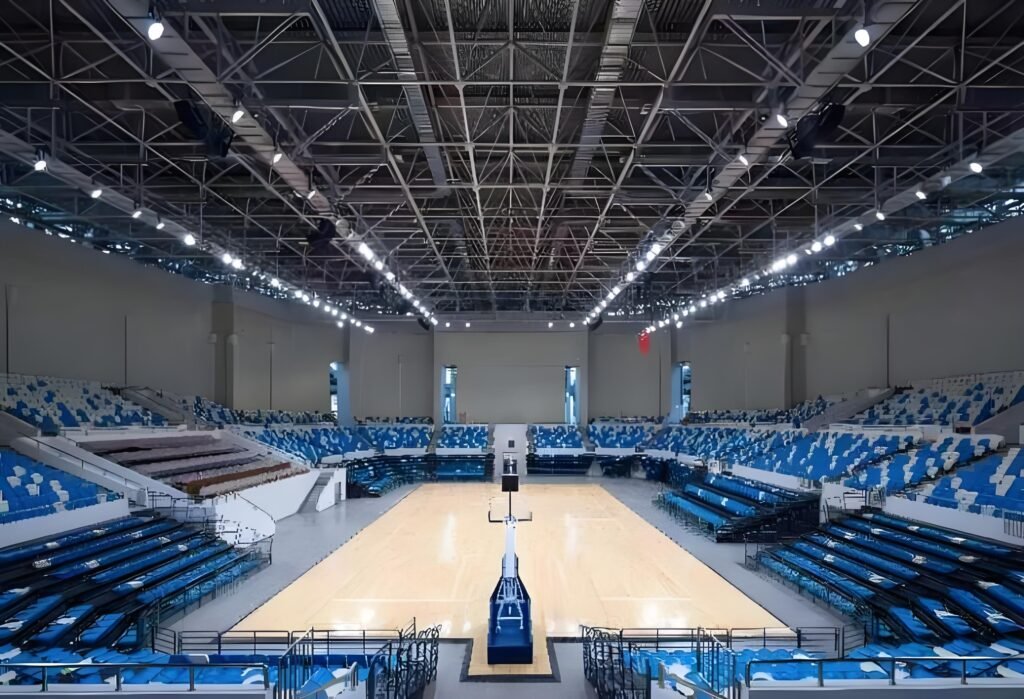
Even well-built luminaires underperform without centralized coordination. Typical issues include:
Manual rounds or basic photo-cells lead to wrong on/off times and weather-driven errors.
Outages found via complaints or patrols; MTTR is high and SLAs are missed.
Lights stay at 100% regardless of traffic/season; no policy-based dimming.
Frequent truck-rolls, blind troubleshooting, fragmented records.
No kWh/CO₂ baselines, no variance alerts, no trend analysis.
All-on/all-off circuits; no zoning, grouping, or single-lamp commands.
CCS connects every luminaire into one secure platform so you operate by policies and scenes—not by patrols. The result is measurable savings and faster response across the entire network.
Decoupled, scalable, and secure — the CCS stack grows from 50 poles to 50,000 without redesign.
Deployment: Cloud for fast rollout and elasticity; On-prem for closed networks and data residency.
Integration: SCADA/BMS/EMS, city data hubs, and billing via APIs and webhooks.
Controllers, sensors, drivers. Executes on/off/dim; reports V/I/P/E metrics.
NB-IoT, LoRaWAN, 4G/5G, PLC, fiber. Encrypted transport with buffering.
Map view, scenes, alarms, work orders, analytics, and open APIs.
CCS turns scattered assets into an orchestrated system. The platform delivers fine-grained control, proactive maintenance, and auditable results for municipal and industrial operators.
On/off and dimming at city, zone, group, or single luminaire. Batch actions with safety checks.
Astro and seasonal timers. Weekday/weekend plans. Traffic and weather triggers. Event playlists.
Lamp outage. Voltage or current anomaly. Communication loss. GIS pinpoint. Escalation rules.
Automatic tickets. Geo-dispatch to the nearest crew. SLA timers. Photo notes. Closure reports.
kWh and demand curves. CO₂ accounting. Baselines and variance alerts. Month-end summaries. CSV/Excel export.
Layered map view. Search and filter. District fencing. One-click group updates.
Role-based access. Dual approval for risky actions. Full activity logs for compliance.
REST, MQTT, Modbus. Webhooks for alarms and meter reads. SCADA/BMS/EMS connectors.
TLS encryption. Device certificates. Tenant isolation. Configurable data retention.
Use the link that fits the site. Combine NB-IoT, LoRaWAN, 4G or 5G, PLC or fiber with DALI or 0–10 V to meet coverage, uptime, and budget.
NB-IoT, LoRaWAN, 4G/5G, PLC, and fiber. Dense urban prefers 4G/5G or PLC. Wide rural prefers LoRaWAN or NB-IoT. Tunnels often use PLC or fiber.
Single-lamp controller for per-pole control. Segment or cabinet controller for feeders. Optional gateway for local aggregation.
DALI/D4i, 0–10 V, PWM. DMX512 is available for façade and sports lighting.
We survey pole density, terrain, spectrum noise, and O&M routes, then recommend a hybrid plan that minimizes cost while meeting SLA.
MQTT over TLS and HTTPS REST. Local buffering with automatic retry keeps data consistent during outages.
Zhaga Book 18 and NEMA 7-pin options for quick retrofit and future upgrades.
Turn each pole into a multi-service node and manage all devices from the same CCS platform.
PM2.5, temperature, humidity, noise. Live dashboards and alerts.
Cameras (VMS-ready), optional ANPR and flow counts to inform timing and dimming.
LED displays for notices, detours, and ads. Content by time and location rules.
Public Wi-Fi access points with usage analytics and uptime reports.
SOS intercom with two-way voice and GPS location for rapid dispatch.
EV chargers with metering and billing export. Lease tracking for 5G micro-sites.
Outcome: One pole, many services. Lower rollout cost, faster maintenance, and new revenue options under a single login.
Run the network with confidence. Modern security controls and clear governance.
TLS for MQTT and HTTPS. Unique device keys. Certificate rotation.
Role-based permissions. Least privilege. Optional SSO or LDAP. Tenant isolation.
Immutable logs for commands and policy edits. Export for compliance.
Cloud or on-prem. Regional residency. Retention and backups you control.
Signed firmware. Staged OTA. Rollback on failure. Full inventory tracking.
IP allowlists. API rate limits. Webhooks with shared secrets.
Store and forward at the edge. Retry logic. Health checks and alerts.
Aligned with IEC 62443 and ISO 27001 practices.
Outcome: Safer operations. Verifiable changes. Easier audits. No slowdown for field teams.
Pick the model that fits your governance and IT stack. Connect CCS to the systems you already use.
Fast start, elastic scale, managed updates, high availability.
Data stays local. Works in closed networks. You control updates and access.
Cloud analytics with on-prem device control. Local caching for unstable links.
REST, MQTT, or Modbus. Map alarms and meter reads to your existing tags.
SSO or LDAP. Role templates. Syslog export for SIEM platforms.
Webhooks and APIs for dashboards, billing, and ESG reporting.
Bulk import, QR code labels, auto-discovery on cabinet feeders.
Versioned policies, approval workflow, rollback on failure.
Outcome: Quick rollout, clean O&M handover, and a platform aligned with your security and compliance rules.
A clear path from survey to acceptance with measurable results at each stage.
Scope roads and poles. Confirm networks and control interfaces. Define KPIs and acceptance.
Install 50–200 poles. Commission devices. Run policy tests at night and off-peak. Baseline energy and faults.
Analyze data. Tune scenes, alarms, and work orders. Lock SOP for field crews.
Expand by districts. Batch import and QR labels. Weekly KPI review with O&M.
Enable city policies. Train operators and crews. Start SLA tracking.
Verify KPIs. Deliver as-built documents. Schedule quarterly audits.
Outcome: Predictable timeline. Stable operations. Measurable savings from day one of go-live.
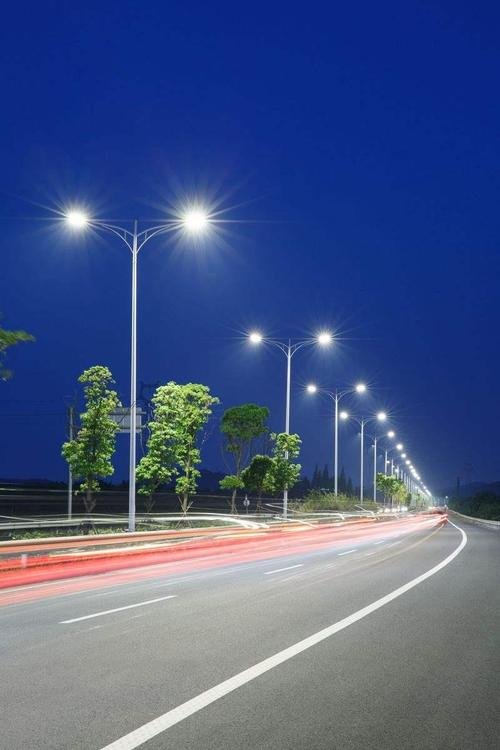
Track outcomes from day one with metered data and operator logs.
Method: set a 30-day baseline before pilot, compare weekly during rollout, and publish a monthly dashboard for finance and O&M.
1,280 poles over 46 km. Mix of 150 W retrofit and 100 W new installs. NB-IoT single-lamp controllers with DALI drivers. Cloud CCS.
Variance alerts flagged three feeder issues before outage. Two training sessions brought operators to full proficiency. A monthly dashboard aligned finance and O&M on KPIs.
“Centralized control gave us predictable energy savings and faster repairs. The GIS alarms and work orders changed our night shift.”
NB-IoT, LoRaWAN, 4G/5G, PLC, and fiber. You can mix by zone.
Yes. Per-pole controllers with DALI/D4i or 0–10 V. Cabinet controllers for feeder level.
Both. Cloud for fast start. On-prem for data residency and closed networks.
In-app, email, and SMS. Each alarm has GIS location, severity, and SLA timers.
Typical 50–70% with dimming and scenes. We baseline 30 days before the pilot.
REST, MQTT, and Modbus. Webhooks for alarms and meter reads. SCADA/BMS/EMS connectors.
Edge devices buffer data and retry. Policies keep running until the link returns.
TLS transport, device certificates, RBAC, audit logs, staged OTA with rollback.
50–200 poles over 4–8 weeks. Includes commissioning, policy tests, and KPI review.
5-year hardware warranty. Remote engineering support. Optional on-site services.
MVS delivers a complete range of outdoor lighting solutions designed for durability and performance. With advanced optics, IP65 & IK10 protection, and certified quality, our products cover everything from modular floodlights and high-mast systems to smart-control street lighting (DALI/DMX512/0-10V). Whether for roads, stadiums, ports, or industrial areas, MVS ensures uniform brightness, stable operation, and long service life. By choosing MVS, you gain not only reliable hardware but also engineering support and project-specific customization, helping your projects meet professional standards and long-term efficiency.
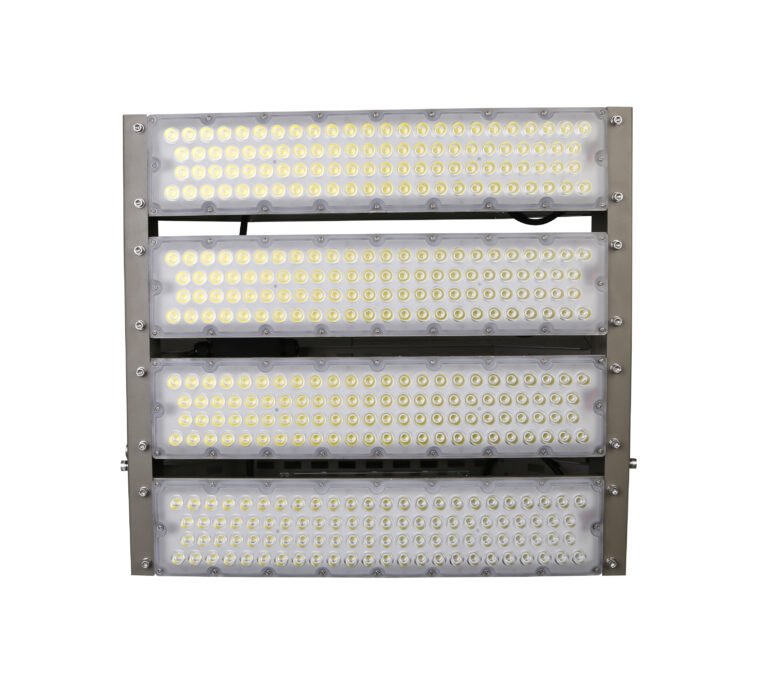
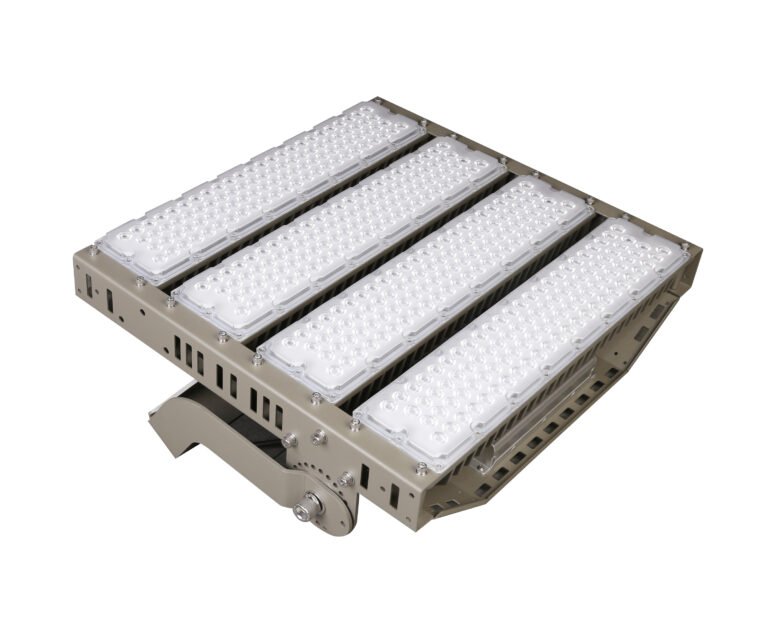

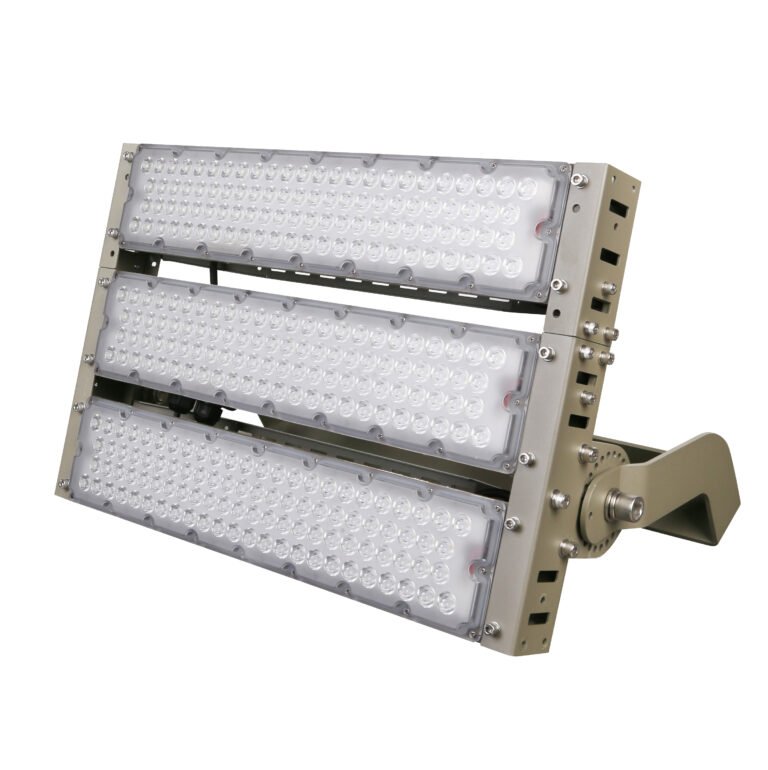
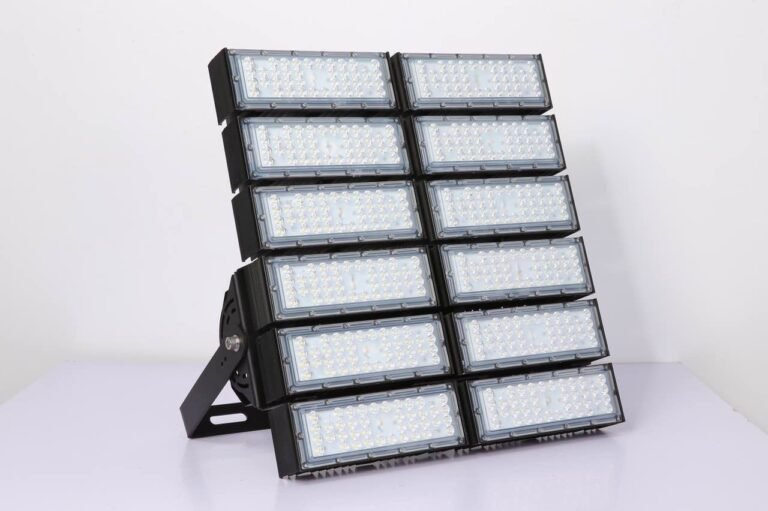
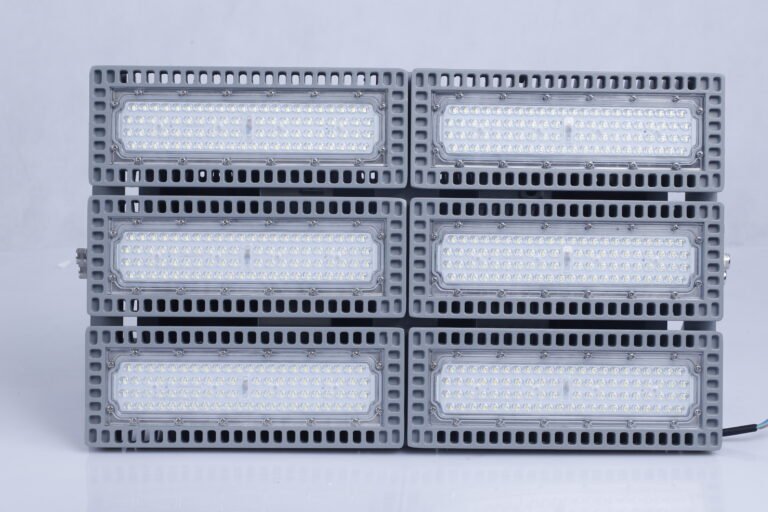
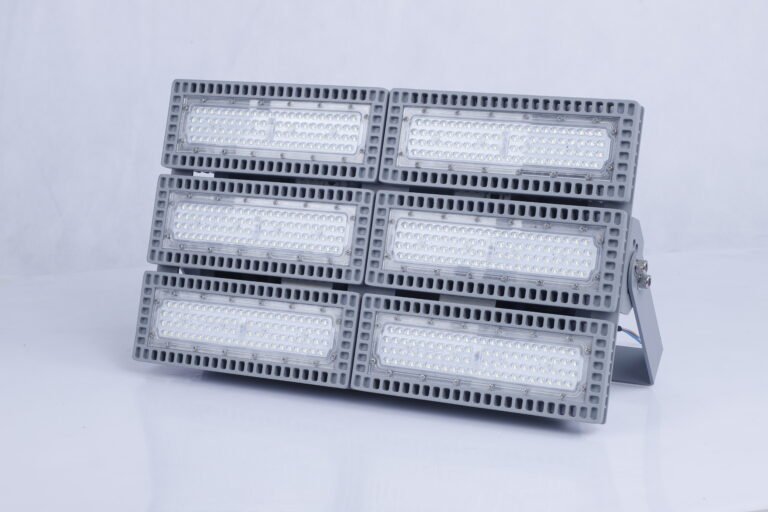
Our catalog offers modular, energy-saving, and high-performance LED solutions. Share your project needs, and we’ll create a tailored lighting plan for you.



For more professional knowledge and practical guidance, visit our blog to discover in-depth articles on LED street lights and project solutions.
What Is Timer-Based Dimmi
Outdoor Lighting Installa
Introduction – Why Upgrad
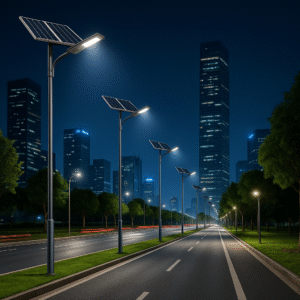
Introduction As cities an
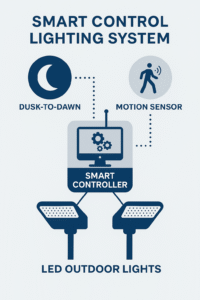
Introduction Outdoor ligh
How to Waterproof LED Lig